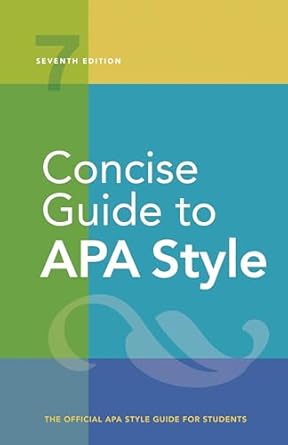[toc]
biasfree language guide to respectful lgbtq terminology
Concise Guide to APA Style: 7th Edition (OFFICIAL)
Page 100 Review
Navigating the Nuances of Bias-Free Language: A Commentary on Sexual and Gender Minorities
This excerpt from the bias-free language guidelines offers valuable insights into the respectful and accurate use of language when discussing sexual orientation and gender identity.
It emphasizes the importance of self-identification and avoiding outdated or pejorative terms.
The Significance of Self-Identification
The passage highlights the crucial role of self-identification in defining one’s sexual orientation and gender identity.
It states: “someone who identifies as lesbian might describe herself as a woman (gender identity) who is attracted to women (sexual orientation)—the sexual orientation label of “lesbian” is predicated on a perceived or known gender identity of the other person.
However, someone who identifies as pansexual might describe their attraction to people as being inclusive of gender identity but not determined or delineated by gender identity.
Note that these definitions are evolving and that self-identification is best when possible.”
This underscores the idea that individuals have the right to define themselves and that assumptions should be avoided.
The evolving nature of these definitions necessitates a constant awareness and sensitivity to individual preferences.
Umbrella Terms and Specificity
The guide suggests using umbrella terms like “sexual and gender minorities” or “sexual orientation and gender diversity” when referring to multiple groups.
It also acknowledges the use of abbreviations such as LGBTQ+, but cautions against their imprecise application.
The excerpt notes:
“Use the umbrella term “sexual and gender minorities’ to refer to multiple sexual and/or gender minority groups, or write about “sexual orientation and gender diversity” (these terms are used by the Office on Sexual Orientation and Gender Diversity at APA and the Sexual & Gender Minority Research Office at the National Institutes of Health).
Abbreviations such as LGBTQ, LGBTQ+, LGBTQIA, and LGBTQIA+ may also be used to refer to multiple groups.
The form “LGBT” is considered outdated, but there is not consensus about which abbreviation including or beyond LGBTQ to use.
If you use the abbreviation LGBTQ (or a related one), define it (see Section 5.13) and ensure that it is representative of the groups about which you are writing.
Be specific about the groups to which you refer (e.g., do not use LGBTQ and related abbreviations to write about legislation that primarily affects transgender people; instead, specify the impacted group).
However, if in doubt, use one of the umbrella terms rather than a potentially inaccurate abbreviation.”
This emphasizes the need for clarity and precision in language.
It is better to be specific or use a broader term than to misrepresent the groups being discussed.
Avoiding Inaccurate and Pejorative Terms
A key focus of the guideline is the avoidance of inaccurate and offensive language.
The passage explicitly states:
“Inaccurate or Pejorative Terms.
Avoid the terms “homosexual” and “homosexuality.” Instead, use specific, identity-first terms to describe people’s sexual orientation (e.g., bisexual people, queer people).
These specific terms refer primarily to identities and to the culture and communities that have developed among people who share those identities.
It is inaccurate to collapse these communities into the term “homosexual.” Furthermore, the term “homosexuality” has been and continues to be associated with negative stereotypes, pathology, and the reduction of people’s identities to their sexual behavior.
Homoprejudice, biprejudice, homonegativity, and similar terms.”
This highlights the importance of using respectful and identity-affirming language.
Terms like “homosexual” are considered outdated and carry negative connotations.
Clarifying Terminology
The passage also addresses the importance of clarifying ambiguous terms.
It states:
“When using specific terms for orientations, define them if there is ambiguity.
For example, the adjective “gay” can be interpreted broadly, to include all genders, or more narrowly, to include only men, so define “gay” when you use it in your paper, or use the phrase “gay men” to clarify the usage.
By convention, the term “lesbians” is appropriate to use interchangeably with “lesbian women,’ but “gay men’ or “gay people” should be used, not “gays.””
This reinforces the need for precision and clarity in language to avoid misunderstandings.
Defining terms and using specific phrases can help ensure that the intended meaning is conveyed accurately.
Conclusion
This excerpt from the bias-free language guidelines provides valuable guidance on using respectful and accurate language when discussing sexual orientation and gender identity.
By prioritizing self-identification, avoiding outdated terms, and clarifying ambiguous language, we can contribute to a more inclusive and equitable society.
Buy full ebook for only $18: https://www.lulu.com/shop/american-psychological-association/concise-guide-to-apa-style-7th-edition-official/ebook/product-rmzpq54.html?page=1&pageSize=4
Biasfree Language Guide To Respectful Lgbtq Terminology
Read more: Copyright & Permission: A Guide to Proper Attribution


Leave a Reply